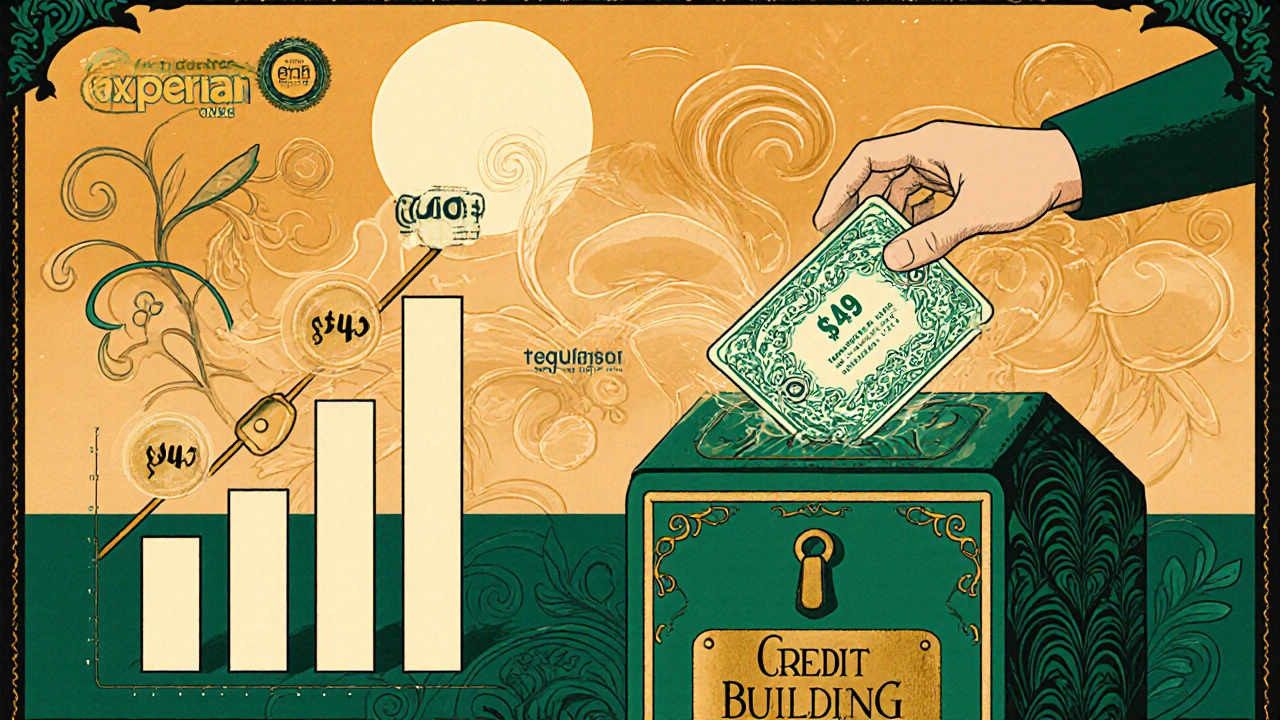Credit-Building Credit Cards: How to Build Credit Fast and Smart
When you’re starting out or rebuilding your financial footing, a credit-building credit card, a type of credit card designed for people with little or no credit history. Also known as starter credit cards, it’s one of the most direct ways to prove you can handle debt responsibly. Unlike regular cards that require a strong credit score, these are made for people who don’t have one yet—or who’ve made mistakes in the past. The goal isn’t to rack up debt. It’s to build a track record that lenders will trust.
These cards work by reporting your payment behavior to the three major credit bureaus: Experian, Equifax, and TransUnion. Every on-time payment adds a positive mark. Miss a payment? That shows up too. Your credit utilization, the percentage of your available credit that you’re using matters just as much. Keeping it under 30%—ideally under 10%—tells lenders you’re not living paycheck to paycheck. And your credit history, the length of time you’ve been using credit starts the moment you open your first card. The longer you keep it active and paid on time, the stronger your score becomes.
There are two main types: secured and unsecured. A secured credit card, a card that requires a cash deposit as collateral is the safest bet for beginners. You put down $200, $300, or $500—and that becomes your limit. If you default, the issuer uses your deposit. But if you pay on time for 6 to 12 months, many issuers will upgrade you to an unsecured card and return your deposit. Unsecured credit-building cards don’t need a deposit, but they often come with higher fees and lower limits. Watch out for annual fees, high interest rates, and hidden charges. A good card should have none—or very low ones.
You don’t need to spend a lot. A $5 coffee paid off in full each month does more for your score than maxing out your card and paying late. Use it like a debit card: only charge what you can pay off. Set up autopay. Keep track of your statement date. Don’t open five cards at once—each application knocks a few points off your score. Focus on one, use it wisely, and let time do the rest.
The people who benefit most from these cards aren’t just students or new immigrants. They’re people who’ve been turned down for loans, renters trying to qualify for an apartment, or anyone who’s had a bankruptcy, late payment, or collection on their record. This isn’t about getting rich. It’s about getting back in the game. And once your score hits 670 or higher, you’ll start seeing better offers—lower rates, higher limits, rewards. That’s the point.
Below, you’ll find real, tested advice on choosing the right card, avoiding traps, and turning small habits into big credit wins. No fluff. No jargon. Just what actually works when you’re building credit from scratch—or fixing it after a stumble.
